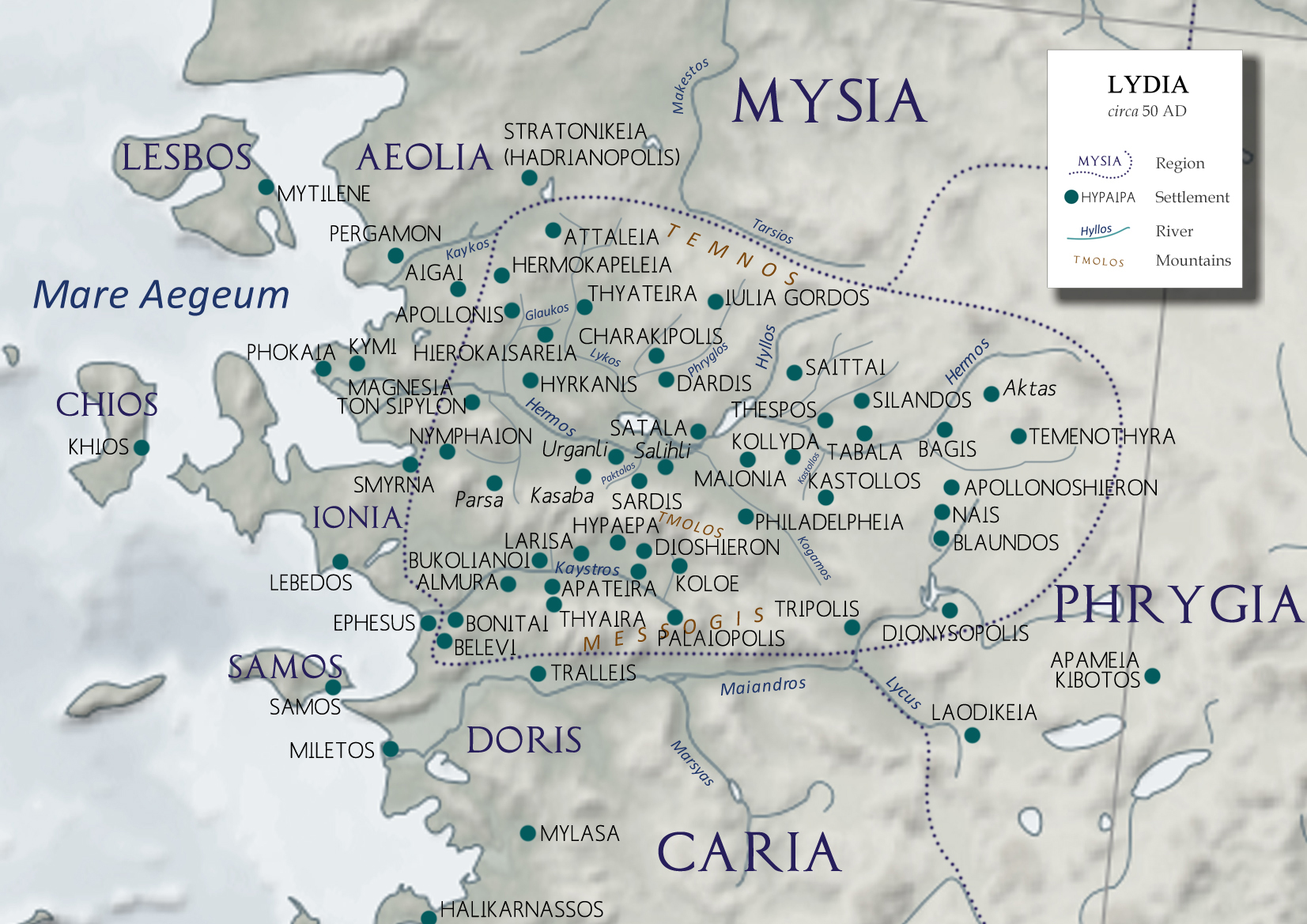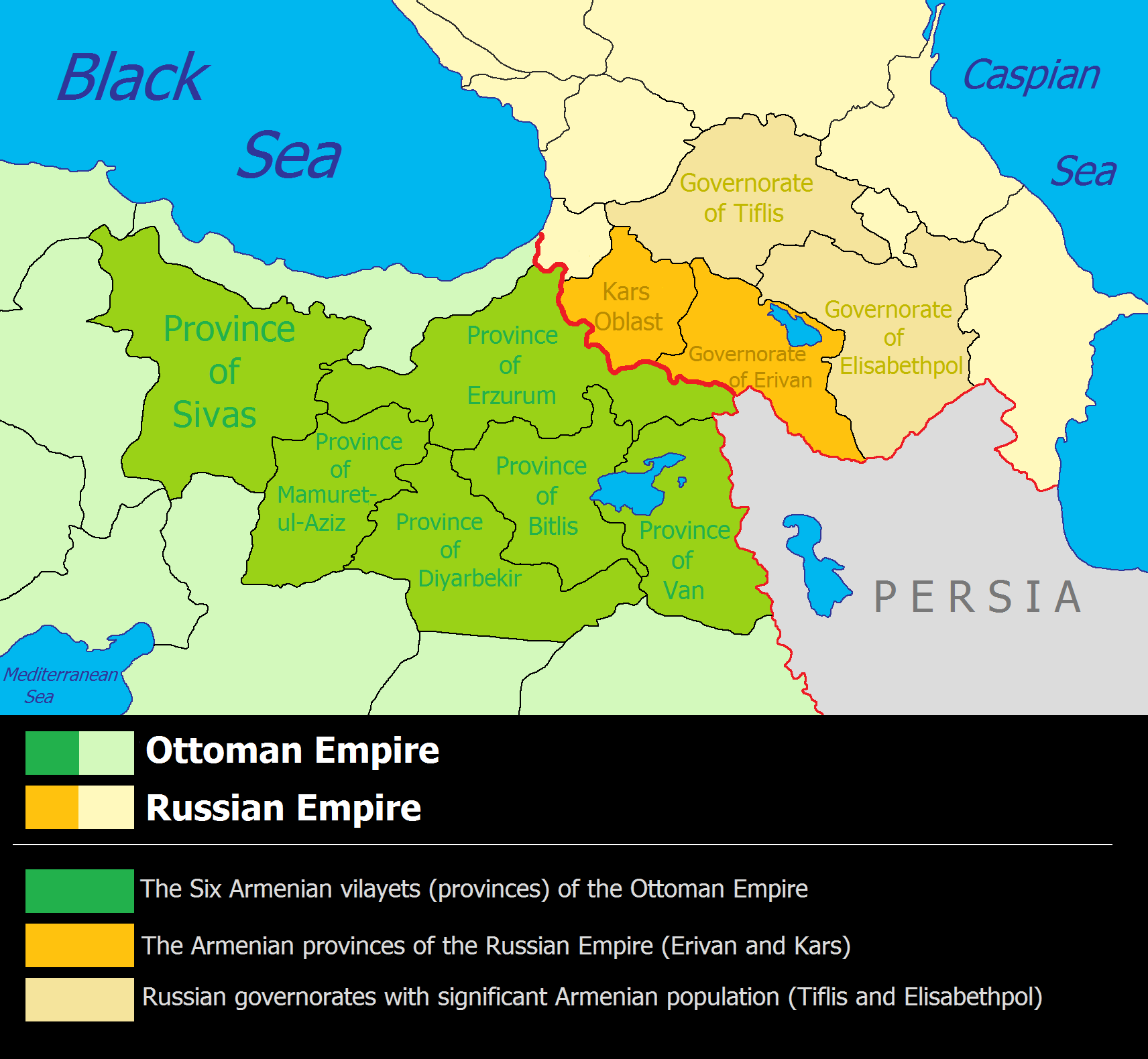|
Sophie Areshian
Sophie Areshian (; 1881, in Tbilisi – 1971, in Montreal), also known by her pseudonym of Rubina, was an Armenian revolutionary and fedayi. She joined the Armenian Revolutionary Federation (ARF) after meeting several leaders of the organization in Baku, she became politically aligned with the far left under their influence. She quickly earned the trust and friendship of Christapor Mikaelian, one of the organization's founders, and was invited to participate in Operation Nejuik, which aimed to assassinate Sultan Abdul Hamid II, the principal orchestrator of the Hamidian massacres that resulted in the deaths of between 100,000 and 300,000 Armenians. Areshian became deeply involved in the project and took on a central role in its execution, especially after Mikaelian's death. She was responsible for setting up the bombs for detonation and activating the timer during the culmination of the plot, the Abdul Hamid II assassination attempt in Yıldız. Sentenced to death in absentia, Ar ... [...More Info...] [...Related Items...] OR: [Wikipedia] [Google] [Baidu] |
Tbilisi
Tbilisi ( ; ka, თბილისი, ), in some languages still known by its pre-1936 name Tiflis ( ), ( ka, ტფილისი, tr ) is the Capital city, capital and List of cities and towns in Georgia (country), largest city of Georgia (country), Georgia, located on the banks of the Kura (Caspian Sea), Kura River. With around 1.2 million inhabitants, it contains almost one third of the country's population. Tbilisi was founded in the fifth century Anno Domini, AD by Vakhtang I of Iberia and has since served as the capital of various Georgian kingdoms and republics. Between 1801 and 1917, then part of the Russian Empire, it was the seat of the Caucasus Viceroyalty (1801–1917), Caucasus Viceroyalty, governing both the North Caucasus, northern and the South Caucasus, southern sides of the Caucasus. Because of its location at the crossroads between Europe and Asia, and its proximity to the lucrative Silk Road, throughout history, Tbilisi has been a point of contention ... [...More Info...] [...Related Items...] OR: [Wikipedia] [Google] [Baidu] |
Imperial Russian Army
The Imperial Russian Army () was the army of the Russian Empire, active from 1721 until the Russian Revolution of 1917. It was organized into a standing army and a state militia. The standing army consisted of Regular army, regular troops and two forces that served on separate regulations: the Cossacks, Cossack troops and the Islam in Russia, Muslim troops. A regular Russian army existed after the end of the Great Northern War in 1721.День Сухопутных войск России. Досье [''Day of the Ground Forces of Russia. Dossier''] (in Russian). TASS. 31 August 2015. During his reign, Peter the Great accelerated the modernization of Russia's armed forces, including with a decree in 1699 that created the basis for recruiting soldiers, military regulations for the organization of the a ... [...More Info...] [...Related Items...] OR: [Wikipedia] [Google] [Baidu] |
Constantinople
Constantinople (#Names of Constantinople, see other names) was a historical city located on the Bosporus that served as the capital of the Roman Empire, Roman, Byzantine Empire, Byzantine, Latin Empire, Latin, and Ottoman Empire, Ottoman empires between its consecration in 330 until 1930, when it was renamed to Istanbul. Initially as New Rome, Constantinople was founded in 324 during the reign of Constantine the Great on the site of the existing settlement of Byzantium, and shortly thereafter in 330 became the capital of the Roman Empire. Following the collapse of the Western Roman Empire in the late 5th century, Constantinople remained the capital of the Eastern Roman Empire (also known as the Byzantine Empire; 330–1204 and 1261–1453), the Latin Empire (1204–1261), and the Ottoman Empire (1453–1922). Following the Turkish War of Independence, the Turkish capital then moved to Ankara. Although the city had been known as Istanbul since 1453, it was officially renamed as Is ... [...More Info...] [...Related Items...] OR: [Wikipedia] [Google] [Baidu] |
Smyrna
Smyrna ( ; , or ) was an Ancient Greece, Ancient Greek city located at a strategic point on the Aegean Sea, Aegean coast of Anatolia, Turkey. Due to its advantageous port conditions, its ease of defence, and its good inland connections, Smyrna rose to prominence. Since about 1930, the city's name has been İzmir. Two sites of the ancient city are today within İzmir's boundaries. The first, probably founded by indigenous peoples, rose to prominence during the Archaic period in Greece, Archaic Period as one of the principal ancient Greek settlements in western Anatolia. The second, whose foundation is associated with Alexander the Great, reached metropolitan proportions during the period of the Roman Empire. Most of the ancient city's present-day remains date to the Roman era, the majority from after a 2nd-century AD earthquake. In practical terms, a distinction is often made between these. ''Old Smyrna'' was the initial settlement founded around the 11th century BC, first as an ... [...More Info...] [...Related Items...] OR: [Wikipedia] [Google] [Baidu] |
Jews
Jews (, , ), or the Jewish people, are an ethnoreligious group and nation, originating from the Israelites of History of ancient Israel and Judah, ancient Israel and Judah. They also traditionally adhere to Judaism. Jewish ethnicity, religion, and community are highly interrelated, as Judaism is their ethnic religion, though it is not practiced by all ethnic Jews. Despite this, religious Jews regard Gerim, converts to Judaism as members of the Jewish nation, pursuant to the Conversion to Judaism, long-standing conversion process. The Israelites emerged from the pre-existing Canaanite peoples to establish Kingdom of Israel (Samaria), Israel and Kingdom of Judah, Judah in the Southern Levant during the Iron Age.John Day (Old Testament scholar), John Day (2005), ''In Search of Pre-Exilic Israel'', Bloomsbury Publishing, pp. 47.5 [48] 'In this sense, the emergence of ancient Israel is viewed not as the cause of the demise of Canaanite culture but as its upshot'. Originally, J ... [...More Info...] [...Related Items...] OR: [Wikipedia] [Google] [Baidu] |
Greece
Greece, officially the Hellenic Republic, is a country in Southeast Europe. Located on the southern tip of the Balkan peninsula, it shares land borders with Albania to the northwest, North Macedonia and Bulgaria to the north, and Turkey to the east. The Aegean Sea lies to the east of the Geography of Greece, mainland, the Ionian Sea to the west, and the Sea of Crete and the Mediterranean Sea to the south. Greece has the longest coastline on the Mediterranean Basin, spanning List of islands of Greece, thousands of islands and nine Geographic regions of Greece, traditional geographic regions. It has a population of over 10 million. Athens is the nation's capital and List of cities and towns in Greece, largest city, followed by Thessaloniki and Patras. Greece is considered the cradle of Western culture, Western civilisation and the birthplace of Athenian democracy, democracy, Western philosophy, Western literature, historiography, political science, major History of science in cl ... [...More Info...] [...Related Items...] OR: [Wikipedia] [Google] [Baidu] |
Abraham Gyulkhandanyan
Abraham Gyulkhandanyan (; 1875 – 1 January 1946) was an Armenian revolutionary, politician and historian who served as Minister of Justice, Minister of Interior and Minister of Finance of the First Republic of Armenia. He was member or Armenian Revolutionary Federation. After the fall of the First Republic of Armenia, Gyulkhandanyan went into exile, eventually settling in Paris in 1933. During World War II, he became vice-president of the (ANG/Armenian National Committee), which collaborated with Nazi German authorities against the Soviet Union. Biography Gyulkhandanyan was born in Vagharshapat (Etchmiadzin) to a moderately prosperous Armenian family, and received his education at Etchmiadzin's Gevorgian Seminary. He joined the Armenian Revolutionary Federation at the age of 19 and moved to Baku, where he engaged in revolutionary activities. In 1906, he was appointed editor of the ARF's Baku newspaper titled (Mob). He used a number of pseudonyms, including Abro, Abramovich, ... [...More Info...] [...Related Items...] OR: [Wikipedia] [Google] [Baidu] |
Armenian National Movement
The Armenian national movement ( ''Hay azgayin-azatagrakan sharzhum'') included social, cultural, but primarily political and military movements that reached their height during World War I and the following years, initially seeking improved status for Armenians in the Ottoman and Russian Empires but eventually attempting to achieve an Armenian state. Influenced by the Age of Enlightenment, the French Revolution, and the rise of other nationalist movements in the Ottoman Empire, the Armenian national awakening developed in the early 1860s. During the Tanzimat Era, the Armenian elite worked with Ottoman reformers to prevent banditry and abuses by nomadic Kurdish tribes, particularly in the six Armenian-populated vilayets of the Ottoman Empire. When this goal failed, Armenian nationalism took hold over the intelligentsia, and the autonomy or independence for Armenians in the Ottoman and the Russian Empires was the next step. Starting in the late 1880s, Armenian nationalists e ... [...More Info...] [...Related Items...] OR: [Wikipedia] [Google] [Baidu] |
First Republic Of Armenia
The First Republic of Armenia, officially known at the time of its existence as the Republic of Armenia, was an independent History of Armenia, Armenian state that existed from May (28th ''de jure'', 30th ''de facto'') 1918 to 2 December 1920 in the Armenian-populated territories of the former Russian Empire known as Eastern Armenia, Eastern or Russian Armenia. The republic was established in May 1918, with its capital in the city of Yerevan, after the dissolution of the short-lived Transcaucasian Democratic Federative Republic, Transcaucasian Federation. It was the first Armenian state since the Middle Ages. In its first year of independence, Armenia was confined to a small territory around Lake Sevan after its invasion by the Ottoman Empire during the Caucasus campaign. Following the Armistice of Mudros, Armenia expanded its borders in the wake of the Ottoman withdrawal, leading to a Armeno-Georgian War, brief border war with neighbouring Democratic Republic of Georgia, Georgia ... [...More Info...] [...Related Items...] OR: [Wikipedia] [Google] [Baidu] |
Martiros Margarian
Martiros is an Armenian given name meaning martyr. Martiros and its variant Mardiros in Western Armenian may refer to: Places * Martiros, Vayots Dzor, town in Armenia Persons Martiros * Saint Martiros, 4th-century Christian saint, son of Saint Sarkis the Warrior * Martiros of Crimea, 7th-century Armenian writer, historian, poet and priest * Martiros Aslanov (1897–1977), Soviet Armenian linguist and Pashto scholar * Martiros Kavoukjian (1908–1988), Armenian architect, researcher, Armenologist and historian-archaeologist *Martiros Khan Davidkhanian Martiros Khan Davidkhanian (1843-1905) was an Iranian General officer, general, Philanthropy, philanthropist, professor, the Chief of staff, Chief of Staff of the Persian Cossack Brigade, Amir Touman and the Commander of the Royal Guard of the Qa ... (1843–1905), Iranian general, philanthropist and professor * Martiros Sarukhanyan (1873–1895), Armenian fedayee and political activist in the Ottoman Empire * Martiros Saryan (1880 ... [...More Info...] [...Related Items...] OR: [Wikipedia] [Google] [Baidu] |
Anarchist Communism
Anarchist communism is a far-left political ideology and anarchist school of thought that advocates communism. It calls for the abolition of private real property but retention of personal property and collectively-owned items, goods, and services. It supports social ownership of property and the distribution of resources (i.e. from each according to his ability, to each according to his needs). Anarchist communism was first formulated as such in the Italian section of the International Workingmen's Association. The theoretical work of Peter Kropotkin took importance later as it expanded and developed pro-organizationalist and insurrectionary anti-organizationalist section. Examples of anarchist communist societies are the anarchist territories of the Makhnovshchina during the Russian Revolution, and those of the Spanish Revolution, most notably revolutionary Catalonia. History Forerunners The modern current of communism was founded by the Neo-Babouvists of the journ ... [...More Info...] [...Related Items...] OR: [Wikipedia] [Google] [Baidu] |





